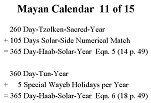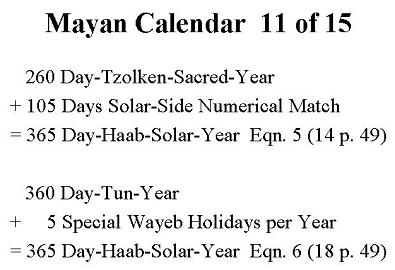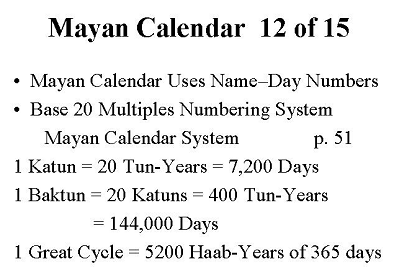
Cart Item MDTSTCYVT includes Mayan
Dual Years video download .mp4, 11.4 mb and
transcript PDF download 239 kb from Paypal-Payloadz eStore for Only $ 1.98
transcript PDF download 239 kb from Paypal-Payloadz eStore for Only $ 1.98

V-11.4 mb
T-239 kb
1.98

